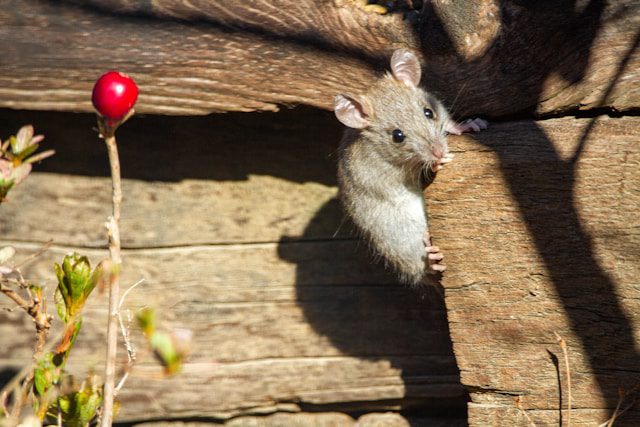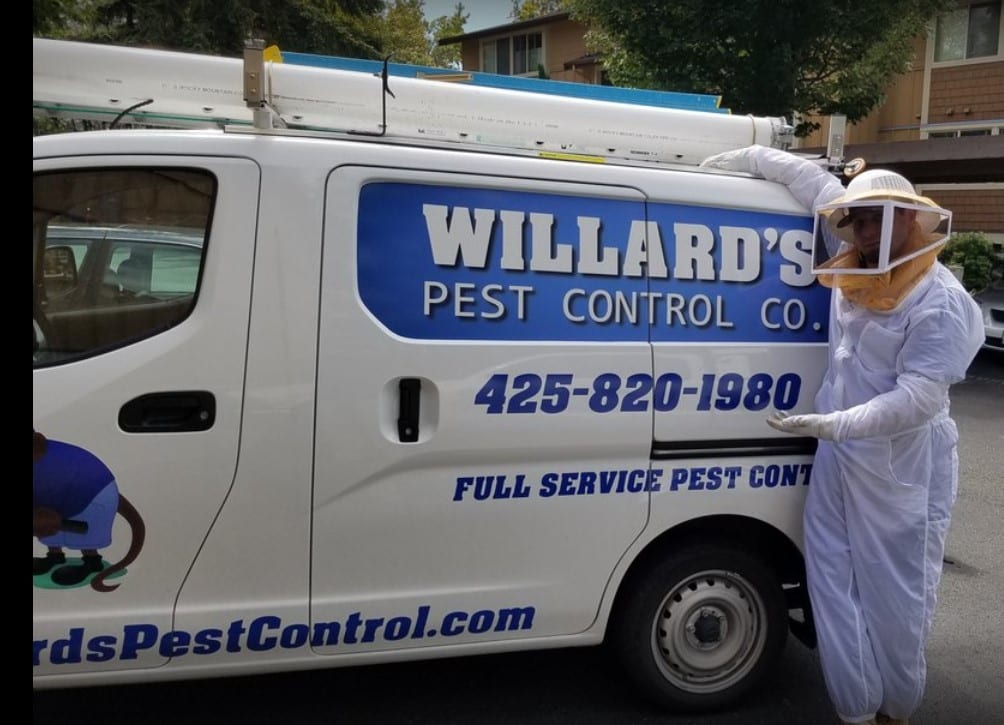

Understanding where mice hide is crucial for effective rodent pest control within residential spaces. Homeowners often wonder about the elusive hiding spots favored by these unwelcome intruders. From wall voids to garages, attics, and even inside appliances, mice are known for their ability to seek out remote and low-traffic areas within homes. In this article, we will delve into the intricate hiding behaviors of mice, shedding light on their preferred nesting grounds and providing insights into proactive measures for mitigating the risk of infestations.
Where Do Mice Hide Indoors?
Mice exhibit a remarkable ability to navigate and thrive within indoor environments, often favoring specific hiding spots that provide both seclusion and access to essential resources. These include:
- Attics: The secluded nature of attics coupled with the presence of insulation materials and stored items make them attractive hiding spots for mice.
- Basements: Dark, cluttered basements offer mice ample opportunities to hide amidst stored belongings and within structural voids.
- Crawl Spaces: These confined areas often provide mice with undisturbed shelter and easy access to other parts of the building.
- Within Wall Voids: Mice can exploit small openings in walls to establish nests and hide from potential threats.
- Furniture: Pieces of furniture, such as sofas and armchairs, can provide mice with safe hiding places.
- Appliances: Unused appliances like dishwashers and washing machines offer mice dark and secluded spaces to nest and hide in.
Understanding these preferred hiding spots is paramount for effective pest management. By recognizing these areas, property owners can proactively implement measures to limit mice access, conduct thorough inspections, and deploy targeted pest control solutions. By doing so, the potential for infestation can be mitigated, contributing to a healthier and more secure indoor environment.
Where Do Mice Hide Outdoors?
Mice are not limited to indoor spaces when seeking shelter and sustenance. Outdoors, they often seek refuge in various areas that provide cover and proximity to potential food sources. These include:
- Overgrown Vegetation: Lush vegetation and unkempt garden areas offer mice ample cover, making them ideal hiding spots.
- Woodpiles: Stacks of firewood or leftover construction materials provide mice with secluded spaces to nest and hide.
- Sheds: Outdoor sheds and storage buildings are attractive to mice due to their quiet and undisturbed nature.
- Debris: Piles of debris and clutter, such as old tires or garbage bags, offer mice safe spaces to hide and nest.
- Holes and Burrows: Mice are skilled at burrowing and can create intricate networks of tunnels within soil or vegetation.
Addressing outdoor hiding spots is essential for preventing indoor infestations. By mitigating mice activity in these outdoor areas, the likelihood of them infiltrating indoor spaces is significantly reduced. Additionally, proactive measures such as maintaining a tidy outdoor environment and sealing entry points into buildings can effectively deter mice from establishing themselves in close proximity to human habitation.
Where Do Mice Hide During The Day?
Mice are nocturnal creatures, preferring to remain hidden during daylight hours to avoid potential predators and disturbances. Their hiding behavior during the day often leads them to seek out dark, secluded spaces close to a food source. Common daytime hiding spots for mice include:
- Within Walls: The interior spaces of walls provide mice with a secure, concealed environment where they can remain out of sight during the day.
- Under Furniture: Mice may seek refuge under furniture, such as sofas, beds, or cabinets, which provides them with both darkness and cover.
- Storage Areas: Cluttered storage areas, such as closets or pantries, offer mice the seclusion they seek during daylight hours.
Understanding where mice hide during the day is crucial for effective pest management. By recognizing these hiding spots, property owners can conduct targeted inspections and implement measures to limit mice access to these areas. Additionally, addressing the factors that attract mice to these hiding spots, such as food sources and clutter, can significantly reduce the likelihood of infestation and contribute to a more harmonious living environment.
Signs of Mice Infestation
Before implementing pest management strategies, it’s essential to understand the subtle indicators that signify a mice infestation. From distinctive droppings to faint yet discernible noises, recognizing these signs is crucial for early intervention and effective pest management.
- Droppings: Small, pellet-shaped droppings in cupboards, along baseboards, or near food sources indicate the presence of mice.
- Gnaw Marks: Visible gnaw marks on food packaging, walls, or electrical wires suggest mice activity.
- Nesting Materials: Discovering shredded paper, fabric, or other soft materials in secluded areas indicates nesting behavior.
- Urine Odor: A pungent, musky odor in enclosed spaces may signal the presence of mice and their urine.
- Scurrying Noises: Faint scratching or scurrying noises, particularly at night, can indicate the presence of mice within walls or ceilings.
- Visible Tracks: Smudge marks, footprints, or tail tracks, especially in dusty or less frequently visited areas, indicate mouse activity.
Recognizing these signs is crucial for early intervention and effective pest management. By promptly addressing these indicators, property owners can minimize the potential damage caused by mice and implement targeted control measures to mitigate infestations.
Final Thoughts
Understanding the hiding behavior of mice is crucial for effective pest management. By targeting specific areas such as wall voids, attics, crawl spaces, pantries, and behind appliances, homeowners can mitigate the risk of infestations. Taking proactive steps to seal entry points, maintain cleanliness, and reduce potential nesting sites further strengthens pest control measures.


